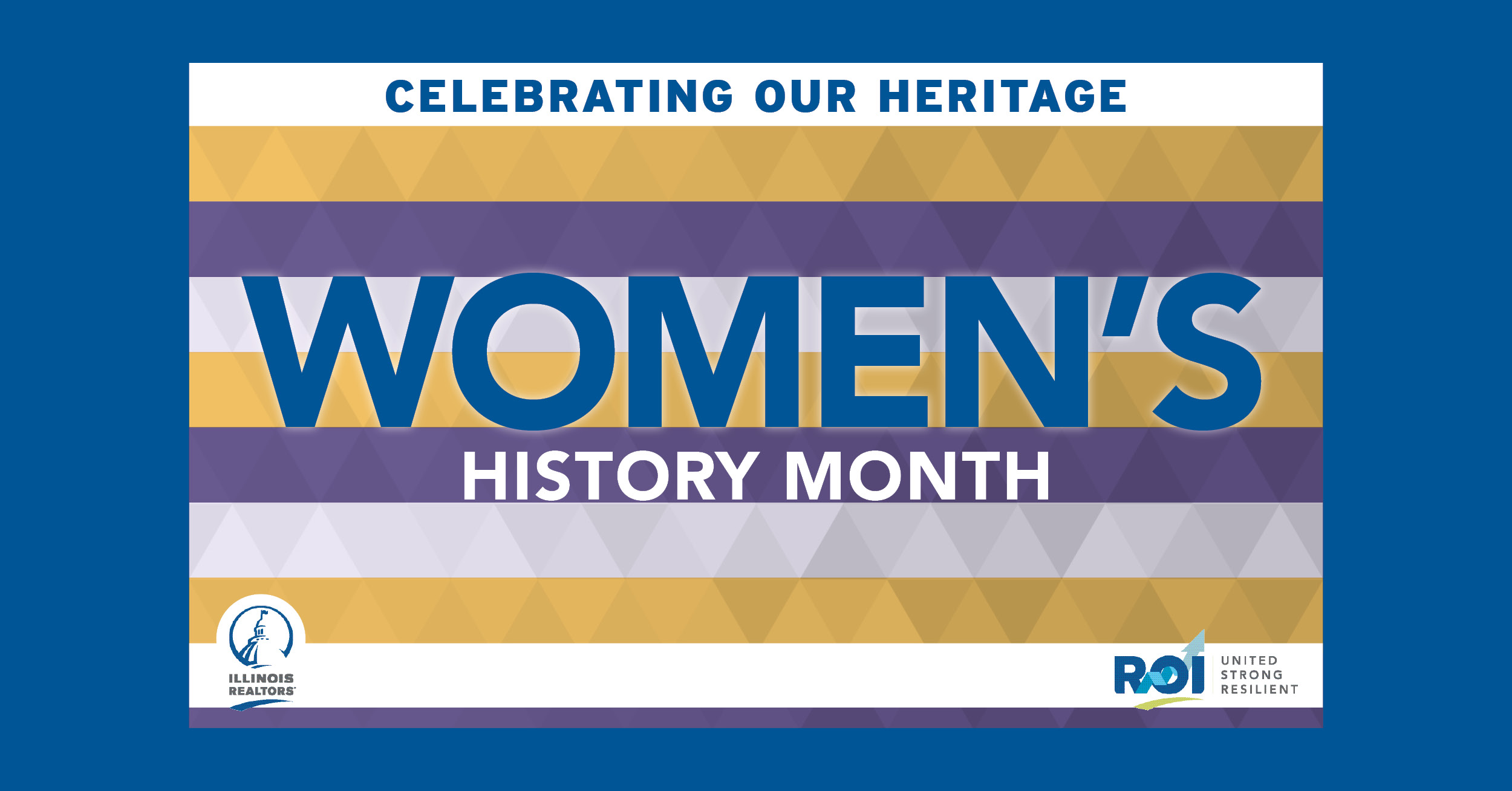Women’s History Month, as we now know it, started with a small but powerful education movement in Sonoma County, CA. Although women’s history was practically an unknown topic in school curricula into the 1970s, “Women’s History Week” in Sonoma County quickly gained national recognition. The time of year was selected because International Women’s Day is in March. By 1980, President Jimmy Carter issued the first Presidential Proclamation declaring the week of March 8 as National Women’s History Week with Congress following suit the following five years. In 1987, after petitions from national women’s organizations, Congress designated March “Women’s History Month” in perpetuity.
Recognizing the accomplishments of great female leaders and women–led movements throughout history in the context of social and governmental barriers that have (and still) exist is critical to achieving equity. Many communities, governments and organizations have developed learning materials, celebrations and events such as essay contests to shine a light on women’s history. From Women’s Suffrage to economic empowerment and the Equal Rights Amendment, the fascinating and sometimes jaw-dropping history of women’s equity is rich with content.
How and when real estate became majority female
According to the National Association of REALTORS® (NAR) demographics, 64 percent of REALTORS® were female in 2020. From NAR, “Women were definitely in the minority in the national association during its first few decades, but they started joining the organization soon after it was founded.” One barrier was that older, established local boards often barred women from membership. But in the 1930s through the 1960s – think: postwar boom – local boards, servicing expanding markets allowed women to join since the new boards needed the members. NAR: “for example, in the 1920s, Cora Wright, one of the founders of the Women’s Council of REALTORS® was not allowed to be a member of the Chicago Real Estate Board because of her gender. Instead, she joined the smaller neighboring Oak Park Real Estate Board and thus became a member of NAR.” It was not until the 1950s that most of the local boards began accepting women. In 1978 women overtook men as the majority gender of NAR.
Female leadership in the real estate industry is evidenced in Illinois REALTORS® current and past presidents. Since Illinois REALTORS® named Kathryn Duncan as its first woman president in 1970, it added a second during the 1980s and three more during the 1990s. Since the turn of the century, six women have led the state association, and President Sue Miller of McHenry currently leads the state association. Throughout the month of March, be on the lookout as Illinois REALTORS® shares words of wisdom from these female past presidents on our website, blog and social media.
Women’s Council of REALTORS®
What is now the Women’s Council of REALTORS® (WCR) was founded as a “women’s division” at NAR’s 1938 Annual Convention in Milwaukee. Thirty-seven women from nine states led the initial formation which, as noted above, was in reaction to many local real estate boards admitting only men. What some in the industry might regard as entitlements, including equal earnings – because “commission is commission” – were won through decades of advocacy and organizing.
Today, the council serves as an important leader for the real estate industry, providing business leadership skills, networking and political capacity. In Illinois, there are eight local WCR chapters covering local markets from Peoria to the Wisconsin border. WCR Illinois is the statewide chapter, currently led by Tracey B. Royal of Team Real Estate Services in Oak Park. Stay tuned for a Presidential “Get to Know You” chat between Royal and Illinois REALTORS® President Sue Miller.
Being purposefully inclusive
Illinois REALTORS® recognizes the industry and its clients thrive when it is welcoming, inclusive and encouraging diversity in the real estate industry. To that end, the Diversity & Inclusion Initiative was launched in 2020 to provide tangible resources to members across the state to diversify their businesses and markets. All of its D&I resources are available online, some highlights include:
- Illinois Real Estate Educational Foundation (REEF) Minority Scholarship
- Diversity and Inclusion Training Grants for Brokerages
- Teaching/Educational Videos and Interactive Tools
- Book Club Recommendations
Editors Note: Celebrate Our Heritage This Year to Keep Us United, Strong and Resilient
It is the heritage of EVERY one of us that makes our nation great. This year, Illinois REALTORS® will celebrate heritage months through an interesting perspective, highlighting our industry partners, to help unite us, make us stronger and more resilient.
In March, Illinois REALTORS® celebrates Women’s History Month by honoring past, present and future female leaders.
Each month, please review our information on the Illinois REALTORS® website, blog and social channels. Then share with us, either in writing or through a video, historical facts and/or stories of prominent historical REALTORS® figures that we may have missed. Or your thoughts on the coming heritage months.

















